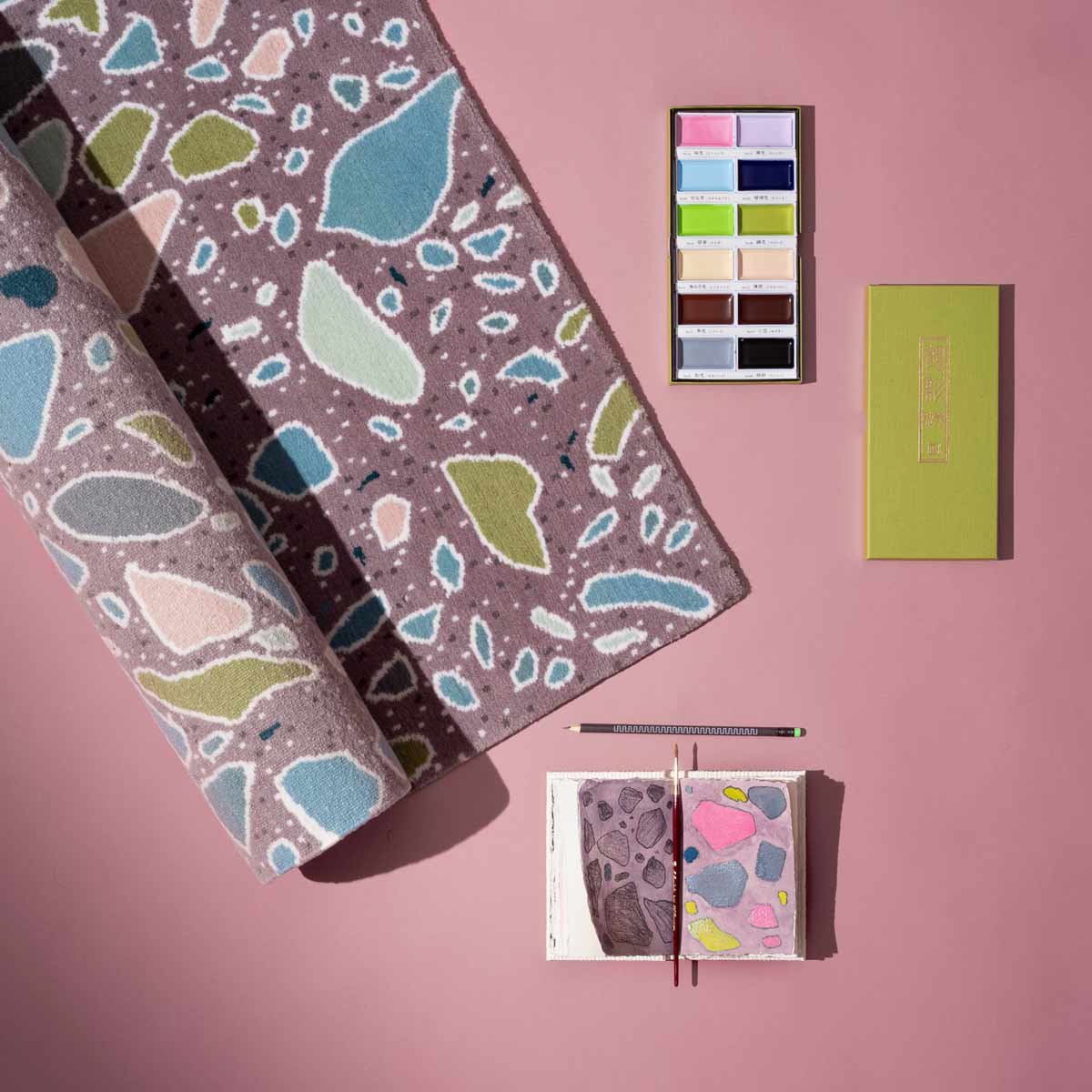Discover why brands are moving beyond screens to engage customers in meaningful, memorable ways. Learn how to craft in-person brand experiences that build trust, spark emotions, and drive lasting impact.
Ten Tips to Open a Successful Restaurant in New York City
Essential insights on opening a restaurant in NYC. From location to branding, design, and customer experience—key factors for long-term success.
The Five Mistakes People Make When Starting a Retail Brand
Avoid common pitfalls in the retail design industry with insights from Sergio Mannino Studio. Learn the importance of having a design team early, starting design without a physical location, building a strong brand identity, having a clear mission and differentiator, and ensuring sufficient funding. These tips help aspiring entrepreneurs navigate challenges and create successful retail ventures.
How To Design A Cannabis Dispensary That Elevates your Brand
Create a cannabis dispensary that stands out. Learn how thoughtful design can build trust, attract younger audiences, and elevate your brand identity.
The meaning of the color white in interior design, architecture, and branding
How do we perceive white? And how should we use it? A brief research into the meaning of the most popular color in architecture and interior design
What are the critical elements of a successful retail store design?
Discover the key strategies to create an engaging retail environment that captivates customers and boosts sales. Learn how to align design with your brand's identity for maximum impact.
Behind the Threads: The Making of a Custom Nepalese Rug
The design process is a creative endeavor where the designer's imagination is the only limit. In the Studio, we use several contemporary references for the designs, but mainly Sergio's soul gives life to the drawings. Once the design is finalized, the next step is the selection of wool. The wool used in Nepalese rugs is typically sourced from the highland sheep of Tibet, known as changpel
Exploring the Hidden Meaning of Colors in Interior Design, Furniture, and Architecture
When you see a red light at an intersection, you instinctively know what to do. But why is that? It is just a color shown to you without much additional context. Yet, you know to stop and wait until the color changes or something else indicates that you can proceed. The reason for this is that colors hold more meaning beyond a pretty shade to look at. This meaning is what I plan to explore in this article, which is the second part of my deep dive into the world of colors and how humans interact with them.
Exploring the Philosophy of Home Interior Design
Interior design. These words often bring to mind images of perfectly coordinated furniture, carefully selected color palettes, and trendy décor. But what if we looked beyond the aesthetics? What if we dug deeper, underneath the surface-level glamour, to explore the soul of our homes?
Modern Rug Design Meets Nepalese Craft: A Fusion of Tradition & Innovation
Discover how Nepal’s centuries-old rug-making tradition influences modern design, creating contemporary rugs that honor heritage while pushing creative boundaries.
What are the latest trends in retail store design?
Stay ahead in retail with our comprehensive guide to the latest store design trends. Discover how simplicity, sustainability, and technology integration can transform your retail space and boost customer engagement.
The Art of Home Interior Design: Creating Meaningful Spaces
Learn how thoughtful interior design transforms a house into a home. Explore personal spaces that reflect identity, enhance comfort, and inspire daily life.
Innovative Retail Store Design: Strategies to Elevate Your Brand
Explore creative retail store design approaches that attract customers and boost sales. Learn how to align store aesthetics with brand identity and trends.
How to Design a Modern Pharmacy: Enhancing Customer Experience & Brand Identity
Transform your pharmacy into a customer-centric space. Learn how strategic design enhances workflow, brand identity, and the patient experience.
Here’s Why Colors Are So Important for Interior Design and Architecture
My work is so rooted in colors that I can easily say it is the first design element I look to when I want to create emotional connections. Colors are crucial in design because they carry meanings, memories, symbols, cultures, stories, and especially feelings.
On Drawings and Design
It doesn't matter how or what, but we have been drawing for a very long time. It could be a gesture in the sand with a stick, the intricate decor of a cathedral facade, or a kid drawing for her mom, but we need to draw.
Facial Recognition in Retail Stores
Last spring of 2020, we released an article exploring the potential of facial recognition technology to change the retail landscape as we know it. At the time, this technology was primarily hypothetical or in its early stages of implementation, as most department stores were just planning to begin their reopening following the pandemic. Now, a year out, let’s take a look at the definite changes we have seen this year in facial recognition.
The New Life of Retail Malls
The retail landscape in America has experienced significant changes, with the rise of e-commerce and shifting consumer preferences. Malls are facing closures, with predictions of 80,000 stores shutting down in the next five years. To adapt, malls could integrate into e-commerce and offer dynamic experiences to engage modern consumers. Creative solutions are needed to capitalize on our understanding of today's consumer behavior.
Warehouse Robots
Companies like Ford and Amazon have recently begun the implementation of a new type of workforce: robots. COVID-19 altered the retail world in drastic ways, and one of the greatest changes the pandemic brought was the way spenders behave. In times of crisis, like we have seen in other cases such as the recession of 2008, consumers suspend the purchases of goods that aren’t crucial to their safety or survival.
The Lipstick Effect
During times of crisis, like the COVID-19 pandemic, spending becomes tighter, and retail companies see a decrease in sales. This spending behavior goes beyond just common sense and is actually ingrained in our biology.





















